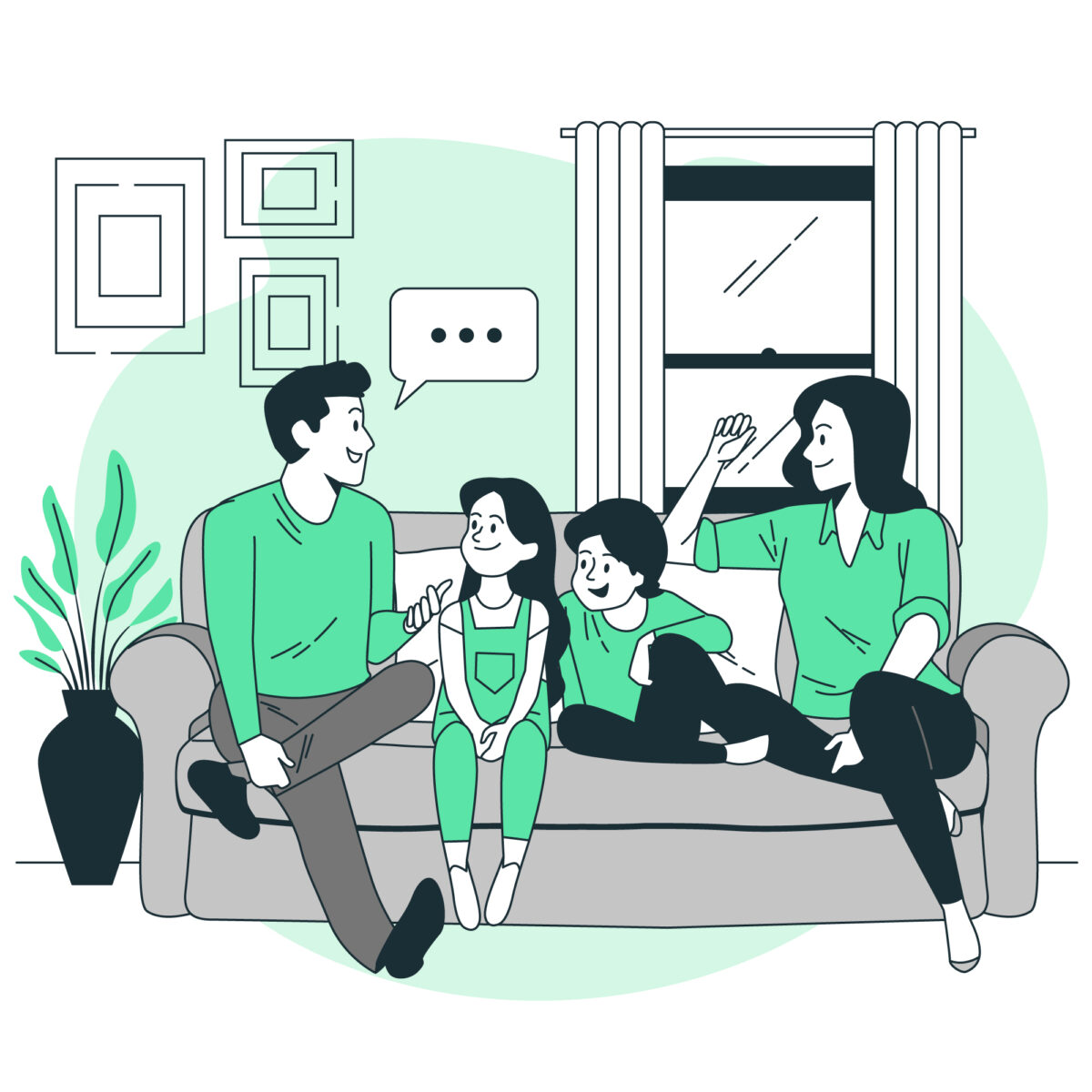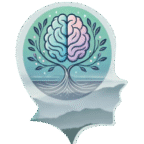Family Therapy: Improving Family Dynamics
In today’s fast-paced world, families face countless challenges that can strain their relationships. From communication breakdowns to mental health struggles, the pressures of modern life can pull families apart. Family therapy offers a structured, supportive environment where families can tackle these issues together. Whether it’s resolving conflicts, navigating life changes, or simply learning to connect better, family therapy can be a game-changer.

An Introduction to Family Therapy
Family therapy, sometimes called family counseling or family systems therapy, is a type of psychotherapy that involves all family members. It’s built on the idea that families are systems—when one person changes, it affects everyone else. This makes it a powerful approach for tackling issues that ripple through the family, like a child’s behavior problems, a parent’s addiction, or a chronic illness.
The main goal? To help families work better together. Therapists guide families to spot unhealthy patterns—like poor communication or unbalanced roles—and find ways to fix them. It’s not about pointing fingers; it’s about understanding how everyone contributes to the family dynamic and making positive changes.
Why does this matter today? Families are more diverse than ever, and they’re juggling new pressures—think technology overload, shifting social norms, and financial stress. Family therapy steps in as a lifeline, offering tools to adapt and strengthen bonds in a chaotic world.
Understanding Family Therapy
What is Family Therapy?
At its core, family therapy is about bringing everyone to the table. It’s a psychotherapy approach that looks at the family as a unit, not just the individual with the “problem.” The belief is simple: issues are often tied to family dynamics, and solving them together works best.
Families might turn to therapy for all sorts of reasons:
- Kids acting out at home or school
- Depression or anxiety affecting a family member
- Substance abuse tearing relationships apart
- Marital conflicts spilling over to the kids
- Big changes, like divorce or a loved one’s death
- Coping with a long-term illness
By including everyone, therapists get the full picture and can help families build stronger support systems.
The History of Family Therapy
Family therapy didn’t exist as a formal practice until the mid-20th century. Before then, therapy focused on individuals, often ignoring how family life shaped their struggles. That changed when pioneers like Murray Bowen, Virginia Satir, and Salvador Minuchin stepped in.
In the 1950s, Bowen kicked things off with his family systems theory, showing how family roles and communication patterns influence behavior. By the 1960s, Satir was making waves with her warm, human-centered approach, focusing on self-worth and honest talk. Around the same time, Minuchin introduced structural family therapy, looking at how family hierarchies could be reshaped for better functioning. The 1970s sealed the deal, with family therapy clinics popping up and training programs solidifying its place in mental health.
Since then, it’s grown, blending ideas from cognitive-behavioral therapy, narrative therapy, and more. Today, it’s a proven, go-to method for helping families worldwide.
Types of Family Therapy Models
Family therapy isn’t one-size-fits-all. Therapists use different models depending on the family’s needs. Here’s a rundown of the big ones:
- Cognitive-Behavioral Family Therapy (CBFT)
This blends cognitive-behavioral techniques with family work. It zeros in on negative thoughts and actions—like a teen thinking “My parents don’t care”—and helps shift them to healthier patterns. - Structural Family Therapy
Salvador Minuchin’s brainchild, this model sees the family as a system with its own structure. If parents are too controlling or too distant, the therapist steps in to adjust boundaries and roles for better balance. - Strategic Family Therapy
Inspired by Milton Erickson, this is all about targeted fixes. Therapists might give specific tasks—like asking a family to stage an argument—to shake things up and solve problems fast. - Narrative Family Therapy
Here, the focus is on the stories families tell themselves. Therapists help rewrite limiting narratives—like “We’re a broken family”—into ones that inspire hope and growth. - Solution-Focused Family Therapy
This short-term approach skips the deep dive into problems. Instead, it asks, “What’s working?” and builds on that, setting small, doable goals to move forward.
Each model brings something unique. A good therapist picks the right fit—or mixes them—to suit the family.
Couples and Family Therapy: What’s the Connection?
What is Couples Therapy?
Couples therapy, also known as marriage counseling, zooms in on the relationship between two partners. It’s about fixing communication glitches, rebuilding trust, and boosting closeness. Couples might seek it for:
- Constant arguing
- Betrayal or cheating
- Fading intimacy
- Money fights
- Parenting disagreements
- Big life shifts, like retirement
It’s a safe space for partners—at any relationship stage—to air out issues and find their footing again.
How Couples Therapy Ties to Family Therapy
Couples and family therapy often go hand in hand. Trouble between partners doesn’t stay in a bubble—it spills over to kids, siblings, or even grandparents. Likewise, a child’s struggles can strain a marriage. For example, if parents bicker nonstop, their teen might act out. Or if a kid’s battling anxiety, it might spark tension between mom and dad.
Therapists sometimes blend the two. They might start with the couple to sort out their issues, then bring in the kids to see how it all connects. This overlap shows how family therapy and couples therapy both lean on the idea that relationships are systems—fix one part, and the whole thing shifts.
Difference in Couple Therapy and Family Therapy
While they’re related, there’s a clear difference in couple therapy and family therapy:
- Focus: Couples therapy targets the two partners. Family therapy pulls in the whole crew—kids, parents, maybe even aunts or uncles.
- Goals: Couples therapy hones in on intimacy and partnership. Family therapy tackles wider dynamics, like parenting styles or sibling rivalries.
- Setup: Couples sessions are just the pair and the therapist. Family sessions juggle more voices, giving a fuller view of how everyone interacts.
Knowing this helps you pick the right path—or combine them—for your situation.
Benefits of Family Therapy
Family therapy packs a punch with benefits that can transform daily life. Here’s how:
Better Communication
Poor communication fuels a lot of family fights. Therapy teaches families to speak up clearly and listen well. Picture a home where parents and teens clash over rules. With tools like “I feel” statements, they learn to talk without blowing up—making everyone feel understood.
Solving Conflicts
From money woes to cheating, therapy offers a neutral ground to work through disputes. Take a family split by divorce: therapy can set new co-parenting rules and ease bitterness, paving the way for peace.
Tackling Mental Health
If someone’s wrestling with depression or anxiety, it hits the whole family. Therapy educates everyone about the issue and builds a support network. Research from the Journal of Marital and Family Therapy shows it can cut symptoms in kids and adults alike.
Handling Life Changes
Moves, illnesses, or remarriages can rock a family. Therapy helps them adjust together. A family moving abroad, for instance, might use sessions to vent fears and plan as a team, staying strong through the upheaval.
Getting Started with Family Therapy
Finding a Family Therapist
Step one is finding the right pro. Look for a Licensed Marriage and Family Therapist (LMFT) with experience in your specific issues. Check online directories like Psychology Today, ask friends, or visit local clinics. Interview them—ask about their methods and how often you’ll meet—to ensure a good match.
What Happens in Sessions?
Sessions usually start with an assessment: the therapist asks about your family’s story and goals. From there, you’ll set targets—like less yelling or better teamwork. Expect guided talks and activities, like role-playing, to dig into your dynamics. Most sessions run 50-90 minutes, weekly or bi-weekly.
Therapy Techniques
Therapists pull from a toolbox of tricks:
- Genograms: Mapping your family tree to spot patterns.
- Speaker-Listener Exercises: One talks, others repeat back to get it right.
- Role-Playing: Acting out scenarios to try new approaches.
- Homework: Small tasks, like a family game night, to build on progress.
These keep things hands-on and fun while driving change.
Couple Therapy and Family Therapy Basics
Couple Therapy Essentials
Couple therapy hinges on:
- Emotional Closeness: Opening up to deepen the bond.
- Respect: Valuing each other, even in fights.
- Conflict Skills: Tools like the Gottman Method teach couples to argue smart and stay connected.
It’s about making the partnership solid.
Family Therapy Foundations
Family therapy leans on systems theory—everyone’s linked. It’s about seeing the big picture, understanding how actions bounce around, and shaking up stuck habits for healthier ones.
Preparing for Therapy
Get ready by setting goals—what do you want to fix? Be honest, stay open, and jump in fully. Jotting thoughts in a journal can sharpen your focus for sessions.
FAQs
- What is family therapy?
A psychotherapy type involving all family members to boost communication and fix issues. - How does it work?
Through guided sessions with a therapist using techniques to spark change. - What are the benefits?
Better talks, solved fights, mental health support, and easier life shifts. - How do I find a therapist?
Seek licensed pros via online tools, referrals, or clinics. - What’s the difference in couple therapy and family therapy?
Couple therapy focuses on partners; family therapy includes the whole family.
